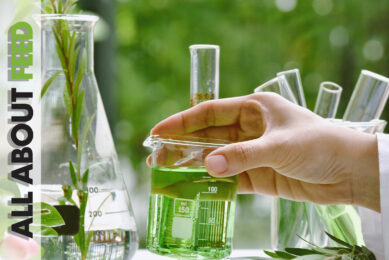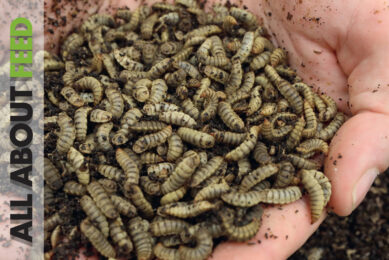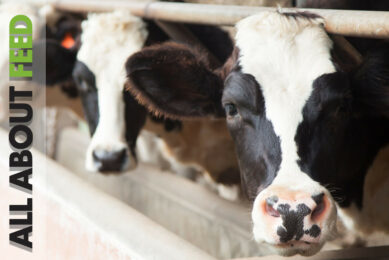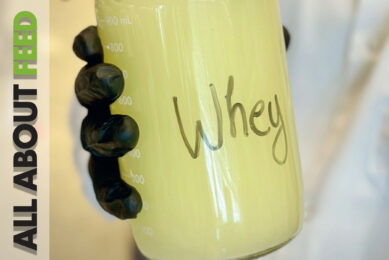Introducing the 8th 2020 edition of All About Feed
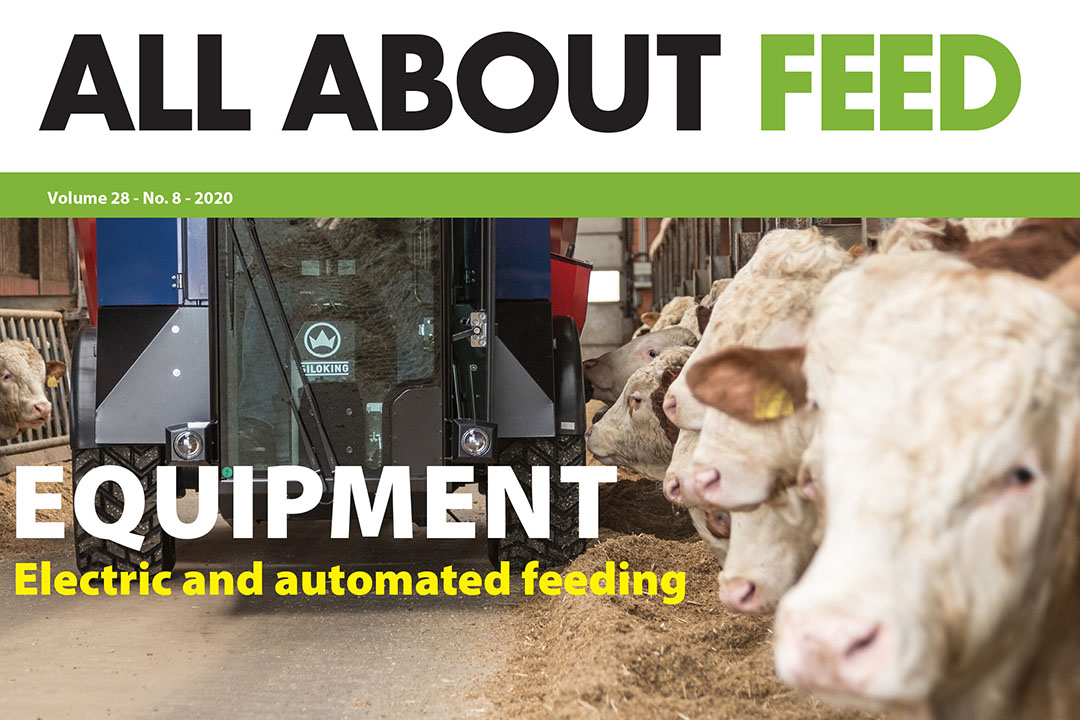
In the 8th 2020 edition of All About Feed, we travel to Belarus to learn more about how the domestic feed industry has reached a new level. We consider the growing interest from farmers for environmentally friendly equipment, and the entry of new electric and automated farm machinery onto the market each year. Further, interest in giving pigs wet feed is growing, but there are still many unanswered questions.
View All About Feed’s digital magazine
The effect of different water-to-feed ratios in growing-finishing pigs
Interest in giving pigs wet feed has increased, but there is still much to learn, including how much water-to-feed ratio matters in terms of the digestibility of energy and nutrients. A study of these ratios in growing-finishing pigs was recently conducted. All About Feed looks at the results.
Okra fruit: Enhancing broiler meat quality
With its antibacterial, anthelmintic, and antioxidant properties, okra fruit has been shown to improve the meat quality and health of broilers, according to a study in Egypt.

View All About Feed’s digital magazine
Wood lignans are bioactive substances
This article presents wood lignans − a new class of active substances for feed purposes − as an interesting natural alternative to antibiotic growth promoters. Various experiments have reported a positive effect on the performance of broilers and weaning pigs.

Microbial diversity for ruminants
The gut functions as a protective barrier and provides resistance to colonisation of pathogenic organisms while having beneficial effects on immune function. The ruminant has a digestive strategy that relies on an intimate relationship with various micro-organisms and, as such, can utilise feedstuffs that other animals cannot.

View All About Feed’s digital magazine
Polyphenols for feed preservation and animal nutrition
Much research suggests that one of the most important features of phenolic compounds is their antioxidant activity.

Using yeast derivatives to support aquaculture production
It has been demonstrated that yeast derivatives, which can help balance intestinal microflora, can support the natural lines of defense of both freshwater and marine species.

Belarus domestic feed industry reaches the next level
The first stage of the Belarus National Biotechnological Corporation – the most ambitious project embarked on in the country’s agricultural industry over recent decades – has been completed.

Convenient and green
There is a growing interest from farmers for environmentally-friendly equipment and systems with zero emissions and no noise. Each year, new electric and automated farm machinery comes onto the market.

View All About Feed’s digital magazine
Using a synergistic combination of plant extracts to prevent intestinal inflammation
Intestinal inflammation can impair nutrient absorption. A university trial was conducted in France to assess the synergistic impact of plant extracts on both intestinal integrity and the inflammatory process.

Effects of stocking density on the production parameters of broiler chickens
High stocking density is one of the most important stress factors affecting broilers. Not only does it cause a reduction of feed consumption, but it also lowers growth rate and carcass quality and is linked to an increase in airborne pathogens.

Mycotoxin risk: How to gain a few more precious weeks
Early prediction of mycotoxin risk in grain could be extremely valuable.

View All About Feed’s digital magazine
Setting the agenda for the next decade
In the run-up to the Global Feed Safety Summit, All About Feed partners with GMP+ International to host 3 webinars to bring industry leaders together and exchange ideas. Each webinar will revolve around one of the summit’s main topics – feed safety and security; consumer influence in the feed chain; and the growing importance of international versus regional sourcing.
To read the full articles, simply click on the digital magazine section and then on All About Feed 2020-8. Registration is free.




